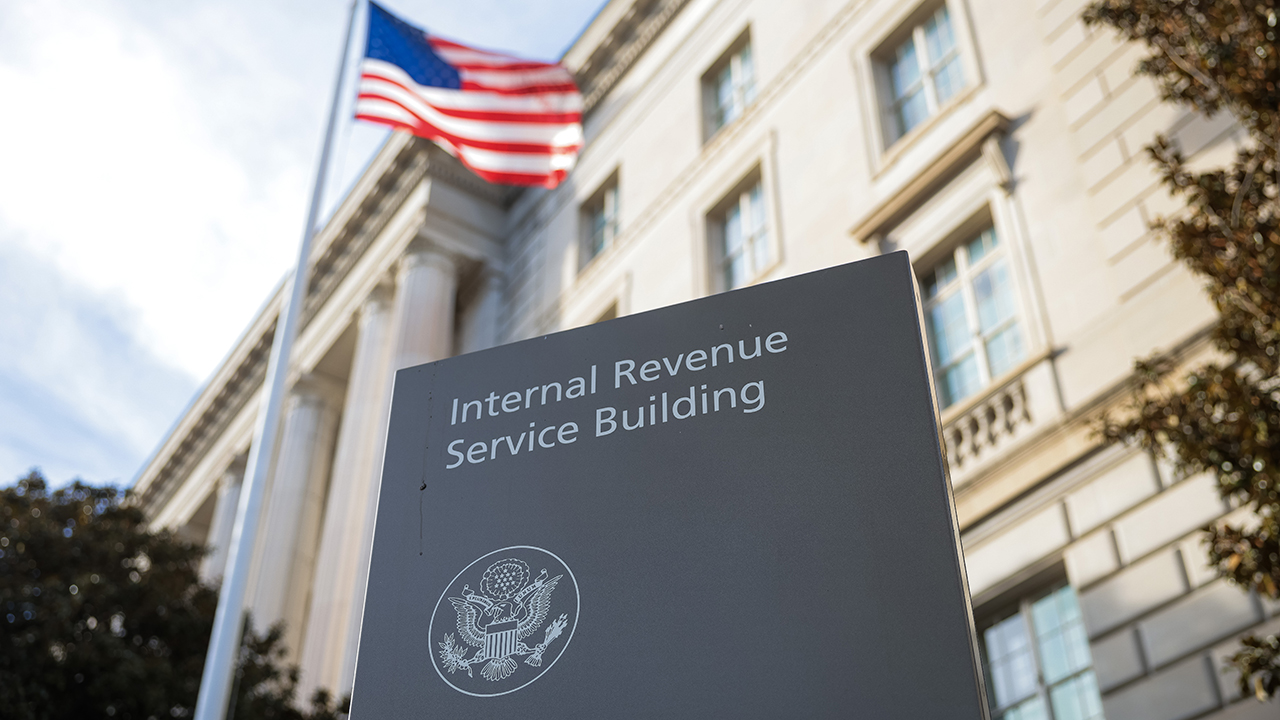Bitcoin Faces Key Economic Data: Technical Pullback or Continued Breakout?


Bitcoin (BTC) has officially broken above the $109,000 mark and set a new all-time high near Bitcoin (BTC) has pulled back from the recent short-term high around $111,900 following a strong rally, yet overall, the cryptocurrency continues to maintain a solid bullish structure as it remains within the ascending channel formed since early April. The ongoing correction has so far preserved the trend structure, indicating that buying interest is still present—particularly in an environment where macroeconomic conditions are gradually turning more favorable for risk assets like cryptocurrencies.
One key supporting factor is that policy and tariff-related risks between major economies have not shown any new negative developments. At one point, markets were concerned about the potential escalation of trade tensions, especially regarding new tariff measures from the U.S. However, recent remarks from policymakers have not signaled any immediate risk-off triggers. This has allowed investors to maintain a “wait and hold” stance rather than rushing to exit volatile assets like Bitcoin.
In addition, risk appetite appears to be returning to global financial markets, as evidenced by the strong performance of major stock indices. With expectations that the U.S. Federal Reserve will not raise interest rates further this year—and may even begin to ease policy by late 2025—capital is starting to flow back into higher-yielding assets such as tech stocks and cryptocurrencies.
The growing correlation between Bitcoin and the stock market, especially with the S&P 500, has also become a notable sentiment indicator. Over recent weeks, the S&P 500 has staged a powerful recovery, which has had a positive spillover effect on Bitcoin—often viewed as a high-beta asset that mirrors risk-on sentiment in equities.
Beyond market psychology, institutional flows continue to play a central role in supporting Bitcoin’s elevated levels. Data from U.S.-listed funds show that spot Bitcoin ETFs have recorded impressive net inflows consistently since April 17, signaling renewed interest from professional investors. This persistent inflow suggests institutions are responding positively to Bitcoin’s long-term growth potential, especially when comparing its current valuation to expected returns and long-term holding behavior.
Overall, these positive dynamics may fuel Bitcoin’s continued upside in the near term. However, a technical pullback may still be needed to establish a more sustainable upward trend before the next leg higher.
That said, upcoming U.S. economic data releases this week could pose a key test for Bitcoin’s momentum, including the May CB Consumer Confidence Index, revised Q1 GDP, and most notably, the Core PCE Price Index—the Federal Reserve’s preferred inflation gauge. If these figures indicate a cooling economy and easing inflationary pressures, Bitcoin may find further support. Conversely, hotter-than-expected data could delay interest rate cut expectations, prompting a retreat from risk assets—Bitcoin included. Written by Linh Tran, Market Analyst at XS.com
The post Bitcoin Faces Key Economic Data: Technical Pullback or Continued Breakout? appeared first on European Business & Finance Magazine.















































